In 2019, 5 working groups/project teams worked to tackle the Envision Common Agenda, carrying out strategies that ultimately meet the mission of Envision the Choptank: to provide swimmable, fishable waters and enhance the health and productivity of native oysters in a way that best meets the needs of surrounding communities. Read on to learn what each has accomplished in 2019. And, for information on our Easton Stream Restoration Team, check out our Spotlight post!
Bay 100 Expanded Project Team
The team received a National Fish and Wildlife Foundation (NFWF) Small Watersheds grant to pilot mechanisms to increase agricultural and residential restoration practices in the lower Choptank.
2019 Progress
By employing a Landowner Assistance Coordinator and creating financial incentives for residential landowners, the team
implemented 147 acres of agricultural best management practices, including herbaceous and forested buffers and wetland restoration; and
completed the installation of 20 rain gardens, 15 native plantings, and 50 rain barrels.
The team is now expanding its residential efforts to public parks to increase the impact and reach of these practices. Thus far, the team has planted 40 trees at South County Regional Park in Caroline County thanks to donations from the Maryland Gift of Trees program and the Chesapeake Bay Foundation.
Through its efforts, the team has learned several important lessons applicable to most restoration efforts.
It’s best to plan for 1 to 2 more planting seasons than needed to account for changing weather patterns.
Focusing outreach efforts on existing landowner networks (e.g. participants in Marylanders Grow Oysters programs) versus mailings and workshops appears to be a more effective means of engaging landowners in additional conservation actions.
Hiring a Landowner Assistance Coordinator was critical to the success of BMP implementation. However, creating this as a part-time position was not enough to incentivize individuals to stay in the position long-term.
INSR: Accelerating Water Quality Improvements Project Team
Using funds from a NFWF INSR grant, the team is focused on accelerating the implementation of riparian buffers, wetland restoration, and drainage ditch management practices throughout the Choptank watershed.
2019 Progress
Hired full-time Landowner Assistance Coordinator to provide one-on-one assistance to landowners interested in implementing best management practices
Held first Landowner Assistance Coordination meeting to bring together all organizations and individuals that provide one-on-one assistance to landowners in the Choptank. This meeting helped to compile all programs being offered, identify opportunities to collaborate, and better understand and identify ways to overcome landowners’ barriers to engagement.
Held 2 Project Tours to showcase various in-progress and completed restoration projects.
Completed draft of prioritization analyses to identify locations where the implementation of restoration practices can achieve the best nutrient and sediment reductions.
Held interviews with Soil Conservation District, NRCS, and local government staff; extension agents, university researchers, and nonprofits to identify and detail potential incentive options to overcome landowners’ barriers to engagement.
Engaging Underserved Communities Working Group
Also meeting twice in 2019, this group developed a working definition of ‘underserved communities’ for the Envision partnership: communities experiencing some form of exclusion from restoration efforts due to income, age, race, language, lack of representation, time constraints, or other geographic or cultural factors.
2019 Progress
Identified ways to improve the Envision partnership’s knowledge and awareness of underserved communities, including organizing trainings and discussions about implicit bias and social issues.
Determined next steps to engage underserved communities in tangible projects, including:
working with the on-going Accelerating Water Quality Improvements project team to engage underserved individuals and groups in the agricultural community; and
creating an inventory of communities experiencing localized flooding to help identify areas with challenges that impact human health and the environment.
Working with Local Governments Working Group
Meeting twice in 2019, this working group first identified the primary challenges local governments face in addressing natural resource issues and the types of assistance participating nonprofits and state and federal government agencies could provide to help address these challenges.
For this reason, in the coming months, the group will focus on:
providing language, data, etc. to strengthen the natural resource components of comprehensive plans scheduled to be updated within the next 2 years, where appropriate;
developing an efficient mechanism to provide design and engineering assistance to towns and counties for restoration projects; and
improving coordination among the different departments and agencies that play a role in local governments’ restoration efforts.






